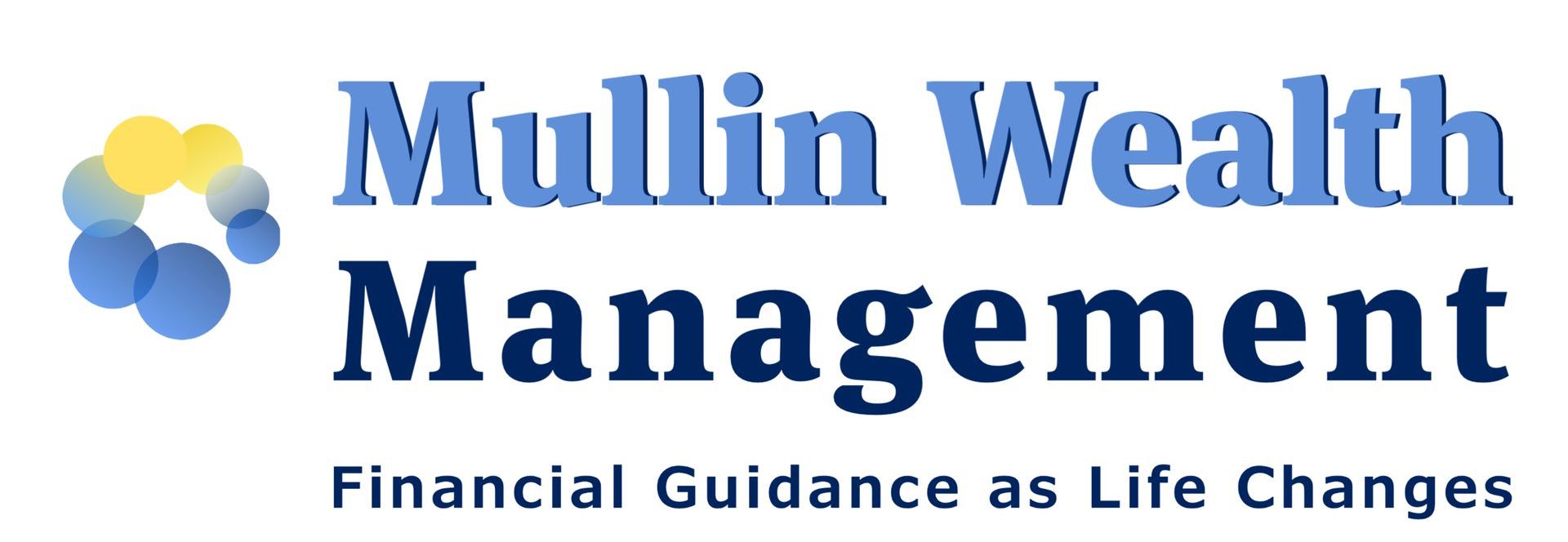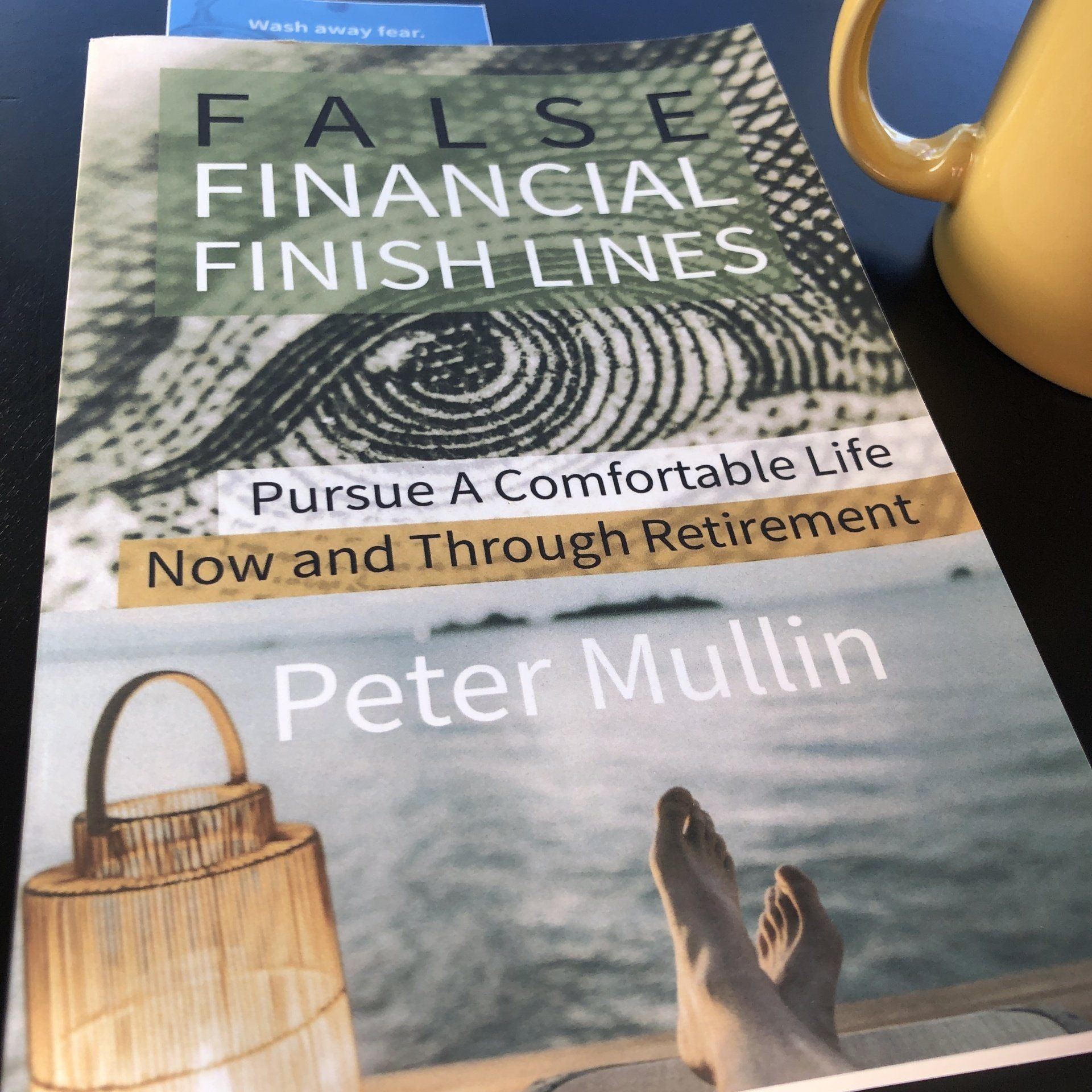In pursuit of the average investor
Investing for the long-haul

In Pursuit of The Average Investor: Investing For The Long-haul
[Approximate Read Time: 7-10 minutes]
What do you do on an ideal 70-degree spring day? In Minnesota we know how to cherish an idyllic spring day. They are precious days.
A day like this is sandwiched between 32-degree snow days and a week of rain. It makes you wonder why you live here.
It’s relatable to investing. When your portfolio is “ideal” (Read : You feel that you’re achieving good-to-great results.) it’s easy to kick back. Then come the mixed-up periods. Volatile periods and the news can cause you to question your results.
When a bad period arrives, please recall how short a week, month, or year looks. Small in comparison to 40 or 50 years. Yes, even retirees may want to think about their long-haul results, especially if they want to leave a legacy for the next generation.
First, when growing your money over the longterm, I believe average results are a goal worthy of pursuing. An average is an average. You add your highs, lows, and in-betweens to help get an average. This focus alone may help you address your fear of loss in questionable periods.
Second, your portfolio should reflect your financial strategy. There is much more to a holistic strategy than your portfolio and monthly statements.
Have you questioned the results of your diversified portfolio lately?
Money Moment with Mullin Wealth Management
Try this: Imagine you have $1000 to invest over five years. I provided three hypothetical Investor Experiences below.
Which Experience gets you the best result? Look closely.
The first (Experience #1) shows you receiving a hypothetical 5% in your first year, 10% your second year, 15% for your third, a -25% in your fourth year, and 25% your fifth.
Experience #1: (5, 10, 15, -25, 25); or
Experience #2: (-25, 25, 15, 10, 5); or
Experience #3: (15, 5, 10, 25, -25)
Again, which Experience would you think gets you the best result? Would you want to start with a -25% or end with a -25%?
Actually, after applying the three different Experiences to your $1000, the end result after five years is … the same (~$1245.23). In other words, each experience left you with the same average result. (Write me if you find otherwise.) Make sense?
Why one negative year out of five? Look at the S&P 500 – a US Market Index (NYU - Stern School of Business, Damodaran). Over the past 50-years (1967-2016) this index has seen ~10 negative years. That’s ~1:5 years that was negative.
Why not try to avoid the really negative year? Ah, yes, the latest crisis or media headline or talking head or neighbor told you doom is looming… I’ll address this later. Okay?
These are hypothetical examples and are not representative of any specific situation. Your results will vary. The hypothetical rates of return used do not reflect the deduction of fees and charges inherent to investing.
Importantly, hypothetical suggests you were investing and not living off of your money. This distinction matters big time. I’ll soon write about guidance for spending in retirement. In the meantime, learn more here: A Five-year countdown to retirement. Please seek financial guidance in this area.
Conclusion
Stick to your strategy. Not sure what your strategy is? Your portfolio should be designed with your financial strategy in mind. If you’re not certain that it is, then write or call.
As clients, and as a financial advisor, we try to be agnostic to the nightly news, media sensation, and hyped reports. I try to coach clients to side-step potential portfolio mistakes by adhering to the pursuit of the longterm “average.”
Until then - Carry on!
###
A part of my value proposition for clients:
“…Our focus is on our clients best interest. We encourage health care professionals, farmers, family-owned business owners, and matriarchs and patriarchs who are in a life transition (primarily retiring or choosing to age gracefully) to define their goals and then tailor the design of their wealth to best accommodate their goals.
We want to help you stare your fear of financial loss in the face. We think you can do this with objective information and by utilizing what’s in your best interest so you can pursue longterm opportunities…”
The opinions voiced in this material are for general information only and are not intended to provide specific advice or recommendations for any individual.
Investing involves risk including loss of principal.
There is no guarantee that a diversified portfolio will enhance overall returns or outperform a non-diversified portfolio. Diversification does not protect against market risk.
All performance referenced is historical and is no guarantee of future results.
The Standard & Poor's 500 Index is a capitalization weighted index of 500 stocks designed to measure performance of the broad domestic economy through changes in the aggregate market value of 500 stocks representing all major industries.
All indices are unmanaged and may not be invested into directly.
No strategy assures success or protects against loss.
- Mullin's take on the "4% Retirement Rule"
- Navigate "Bad Portfolio Weather"
- Tips to Optimize Social Security







Articles and Assets
What are your Priorities?
Well it’s the end of the year. I just searched on Google for “market outlook 2018.” I came up with a little over 58-million “results.”
So should you be investing in stocks in 2018? The quick answer: It’s likely a prudent part of your portfolio. But it depends on your circumstances, right?
It’s apparently popular to throw your hat in the ring.
A mantra that you hear among disciplined professionals is to “stay the course.”
Then you hear “sell high, buy low.”
Who’s right?
The relief of a disciplined strategy is that it can be tailored to you. And tailor we think you should.
Yes, it’s possible that an investor may not utilize stocks in their portfolio at all. Or you may decide to go “all in” with a diversified stock portfolio.
(Side effects from tailoring a strategy may include increased confidence & persistence, apathy toward daily market reports, and increased focus on what really matters.)
Let’s begin with the “Why” of investing for you. Then you can request 15-minutes on the phone discuss your “how.”
So “Why Should You Invest”
Life changes and our “why” of investing ought to transform with life. Some invest for sport – they like the risk/reward of investing – they’re in it for the thrill. I don’t hang with this crowd.
Most of us ought to invest for things we want. Our money & our goals are serious. By investing in a diversified portfolio we can pursue things we want.
1. Living A Comfortable Retirement: Retirement is a noun. It’s up to you to really design and live a retirement that reflects you.
2. Purchasing a Home: Home is a place to live. It can take a down payment.
3. Passing an Inheritance on to Family:
4. Student Loan Shield: This idea is important for many Millennial graduates. Student loans can dominate your budget. But instead of accelerating those payments, what if you paid your required payments, and then invested the additional money that you were going to pay against your loan balance?
5. Emergency Reserves: You probably have read that it’s prudent to keep a relative healthy amount of cash in your checking/savings. Once you’ve achieved that, then you can consider investing additional funds. Go a step further and consider a non-retirement account for you and your house. You can spend this on cars, vacations or use it just as described in #4.
The Dow Jones has seen positive results, so far, in 2017. It’s unusual and sort of uncomfortable as the independent financial advisor. Why is it uncomfortable?
What would sting & linger longer? Finding $20 in the parking lot? Or finding a $20 parking fine on your windshield?
We’ve been finding a lot of metaphorical “$20’s” (i.e. “positive results”) in our portfolios this year. So the second we find a parking fine (or a few in a row) we’ll be sure to ask if stocks are still the right place to park our money.
Complacency can work against us, Dear Clients. Just keep recalling your long-haul strategy and your “why” of investing.
***
Peter Mullin is an independent financial advisor registered through LPL Financial. He lives in Rogers, MN with his family. He was born and raised in St. Cloud, MN. Mullin Wealth Management is located in Waite Park, MN.
The opinions voiced in this material are for general information only and are not intended to provide specific advice or recommendations for any individual.
Investing involves risk including loss of principal.
There is no guarantee that a diversified portfolio will enhance overall returns or outperform a non-diversified portfolio. Diversification does not protect against market risk.
All performance referenced is historical and is no guarantee of future results.
All indices are unmanaged and may not be invested into directly. No strategy assures success or protects against loss.







